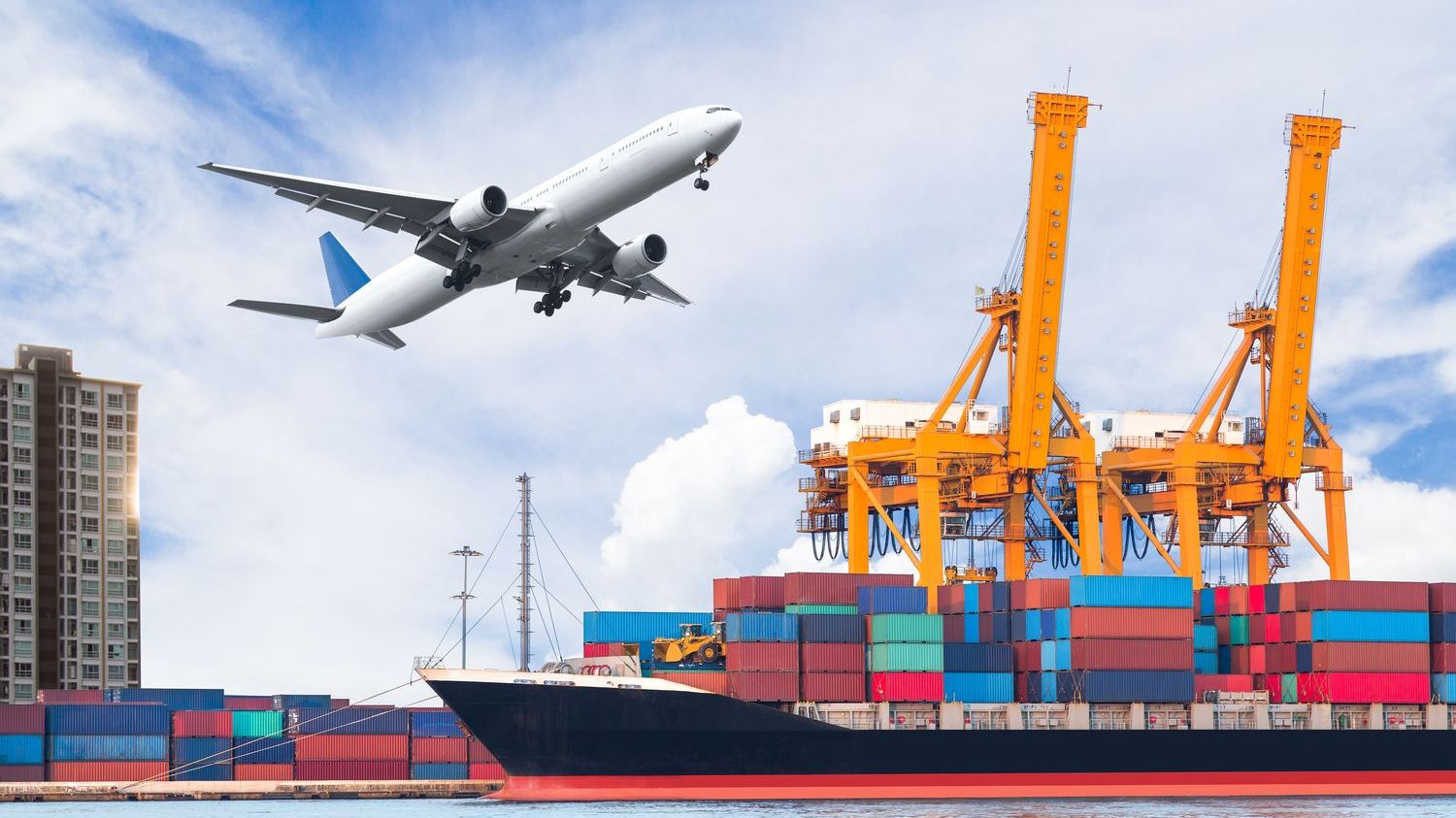In today’s global marketplace, businesses and consumers alike often rely on sourcing products from international suppliers, especially from China, known for its manufacturing prowess. When it comes to importing goods from China to the United States, one of the primary concerns is the shipping cost. Understanding these costs can make or break a deal, impacting profit margins and overall business strategy. This article delves into the intricacies of shipping costs from China to the USA, while also highlighting the benefits of partnering with XRGLOBAL, a reliable logistics solution provider.
Firstly, it’s essential to appreciate that shipping costs from China to the USA are influenced by several factors. These include distance, cargo type, volume, weight, mode of transportation, customs clearance, and the choice of a logistics service provider. The most common modes of transport are sea freight, air freight, and express services, each with their own set of costs and transit times.
Sea freight, often considered the most cost-effective option, typically takes between 30 to 60 days to reach the US West Coast and around 45 to 75 days for the East Coast. Rates for sea freight vary depending on the container size, with larger containers generally offering lower per-unit costs. However, this method is not ideal for time-sensitive shipments or those requiring faster delivery.
Air freight, on the other hand, offers faster transit times, usually within 7 to 14 days, but at a significantly higher cost. Prices are determined by the weight and volumetric weight of the shipment, as well as the specific airline and route. If speed is a top priority, air freight might be the better choice, even if it means paying premium rates.
Express services, like DHL Express or FedEx, provide overnight or same-day delivery but come with the highest charges. They cater to small shipments and urgent deliveries, ensuring swift and reliable delivery at a premium price.
Now, let’s discuss the role of logistics service providers like XRGLOBAL in managing these costs. XRGLOBAL, a renowned brand in international shipping, specializes in streamlining the process by offering a one-stop solution. Their expertise lies in negotiating competitive rates with carriers, handling customs clearance, and providing real-time tracking, which can help reduce unexpected expenses and administrative hassles.
XRGLOBAL’s value-added services extend beyond just transportation. They offer door-to-door delivery, consolidation, and value-added services like customs brokerage, documentation assistance, and warehousing, all of which can contribute to cost savings. By consolidating multiple shipments into a single container, they minimize the per-unit cost and reduce handling fees at both ends.
Furthermore, XRGLOBAL‘s extensive network and experience allow them to navigate the ever-changing regulations and tariffs, ensuring compliance and avoiding potential penalties that could increase shipping costs. Their deep understanding of the market dynamics enables them to anticipate fluctuations and advise clients on the most cost-effective strategies.
Another crucial aspect to consider is the choice of origin port. China has numerous ports, and selecting the right one can impact shipping costs. Major hubs like Shanghai, Shenzhen, and Qingdao offer competitive rates due to their high volume and efficient operations. XRGLOBAL can guide you in choosing the optimal port based on your specific needs and budget.
In conclusion, shipping costs from China to the USA are multifaceted and can be managed effectively with the right logistics partner. XRGLOBAL stands out as a reliable option, offering a comprehensive suite of services that can help optimize costs, streamline processes, and ensure timely deliveries. By partnering with XRGLOBAL, businesses can navigate the complexities of international shipping more efficiently, ultimately contributing to their bottom line and fostering a competitive edge in the global market.



